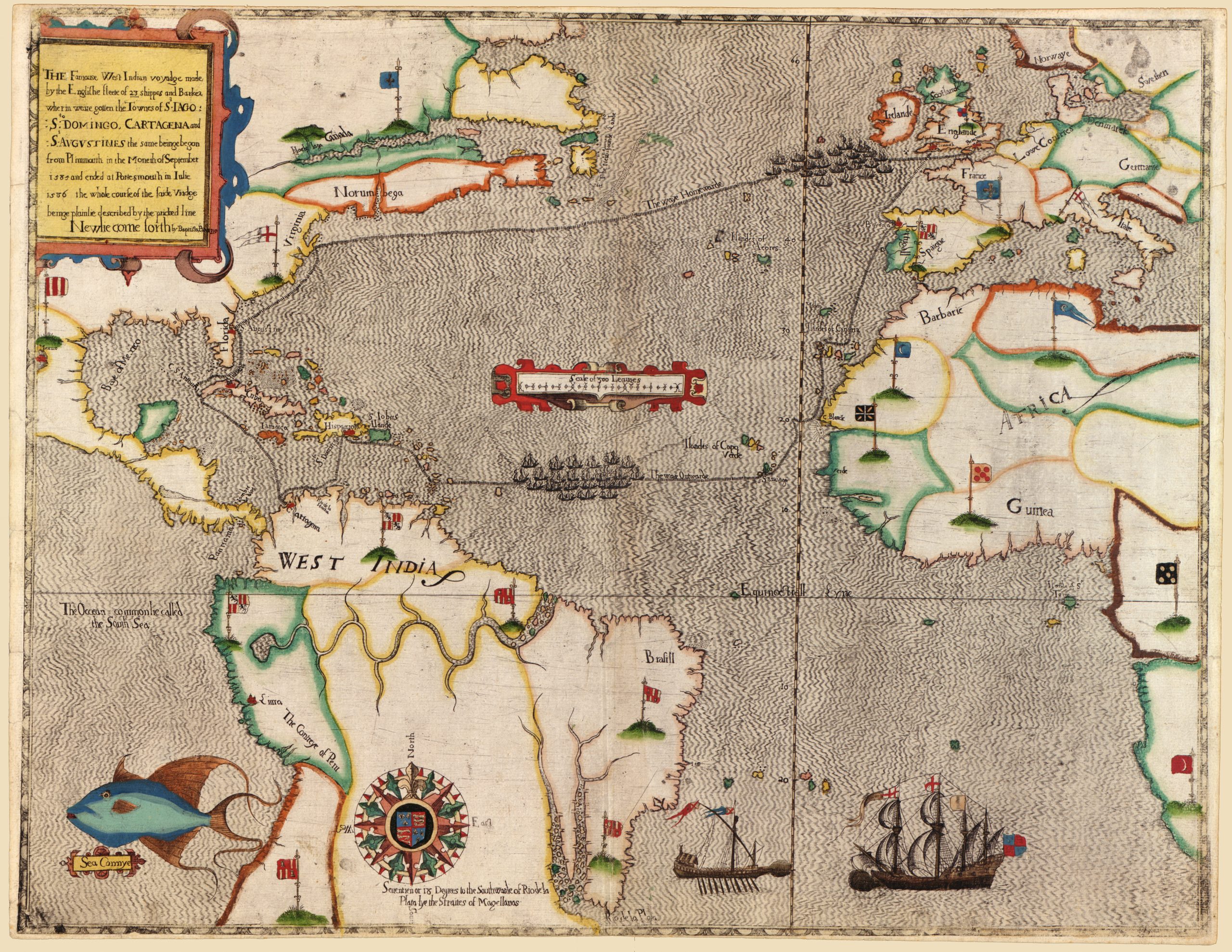
Ancient African Kingdoms: Art, Architecture & Legacy in Design
Long before colonization dimmed Africa’s light in global narratives, the continent was home to flourishing kingdoms whose architectural wonders, artistic mastery, and cultural innovations still inspire modern creatives.
These ancient empires weren’t just centers of power they were living galleries of design, sculpture, urban planning, and visual storytelling. Let’s rediscover the African golden ages through the lens of art and design.
Kingdom of Kush: Pyramids, Power & Royal Identity

Set along the Nile in present-day Sudan, Kush rivaled ancient Egypt not just in power, but in visual grandeur. Its architecture and iconography were uniquely African, with smaller, steeper pyramids and a distinct style of royal symbolism.
Design Highlights:
- Meroë pyramids: Compact yet elegant stone structures that influenced regional mortuary design.
- Ironworking: Their mastery of iron reshaped regional tools and weapons.
- Queen Amanirenas: A warrior-queen who left her mark on design by commissioning sculptures and temples celebrating African strength.
Kush created an artistic identity that blended religious reverence with defiant independence.
Mali Empire: Manuscripts, Mosques & Monumental Gold
In the 13th century, the Mali Empire rose as an economic and intellectual force. But it also became a beacon of architectural and visual elegance, especially in the legendary city of Timbuktu.
Design Contributions:
- Sudano-Sahelian architecture: Earth-toned mosques like Djinguereber Mosque used organic forms and sculptural minarets.
- Illuminated manuscripts: Handwritten in Arabic and native scripts, these texts combined design, calligraphy, and ornamentation.
- Gold jewelry and regalia: Worn by kings like Mansa Musa, these influenced centuries of African ornamentation.
Mali shows how visual design and scholarship shaped cultural prestige.
Great Zimbabwe: Stone Cities & Structural Art
Between 1100 -1500 AD, the builders of Great Zimbabwe raised stone walls without mortar, creating a city of circular enclosures and elevated towers.
Design Excellence:
- Dry stone architecture: Walls up to 11 meters high, built from hand-carved granite blocks.
- Spatial planning: The Great Enclosure’s elliptical shape shows intentional urban design.
- Cultural symbolism: Zimbabwe means “House of Stone”, reflecting design pride.
European colonists once doubted Africans could build such a city today, Great Zimbabwe stands as a masterclass in structural design and spatial aesthetics.
Benin Kingdom: Bronze Casts & City Planning Genius
The Benin Kingdom (now southern Nigeria) is one of the greatest examples of design centric governance in pre-colonial Africa.
Artistic Mastery:
- Benin Bronzes: Intricately cast in lost-wax technique, these plaques documented royal life, wars, and trade with striking realism and pattern work.
- City layout: With moats and planned streets, Benin City was once one of the most advanced urban spaces on Earth.
- Symbolic motifs: Animals, regalia, and patterns that still inspire African art today.
Much of Benin’s art was looted during colonial raids today, the push for its return fuels a reclaiming of African visual heritage.
Other Design-Rich African Kingdoms Worth Exploring:
- Axum (Ethiopia): Obelisks and early Christian art carved in stone.
- Ghana Empire: Walled cities and ceremonial gold artifacts.
- Songhai Empire: Architectural innovations in Gao and Timbuktu.
- Carthage (Tunisia): Naval engineering and urban planning on a Roman scale.
Takeaway: Design is the Language of Civilization
Africa’s ancient kingdoms weren’t just powerful they were creative forces. From carved stone cities and symbolic bronze plaques to manuscript design and urban planning, African history is deeply visual and architectural.
As artists and designers today, we inherit a legacy that deserves both study and celebration.
What Inspired You?
Which ancient African design legacy amazed you most? Want us to explore Axum, Nok, or Ife next? Let’s continue unearthing the artistic roots of Africa drop your thoughts in the comments below!







